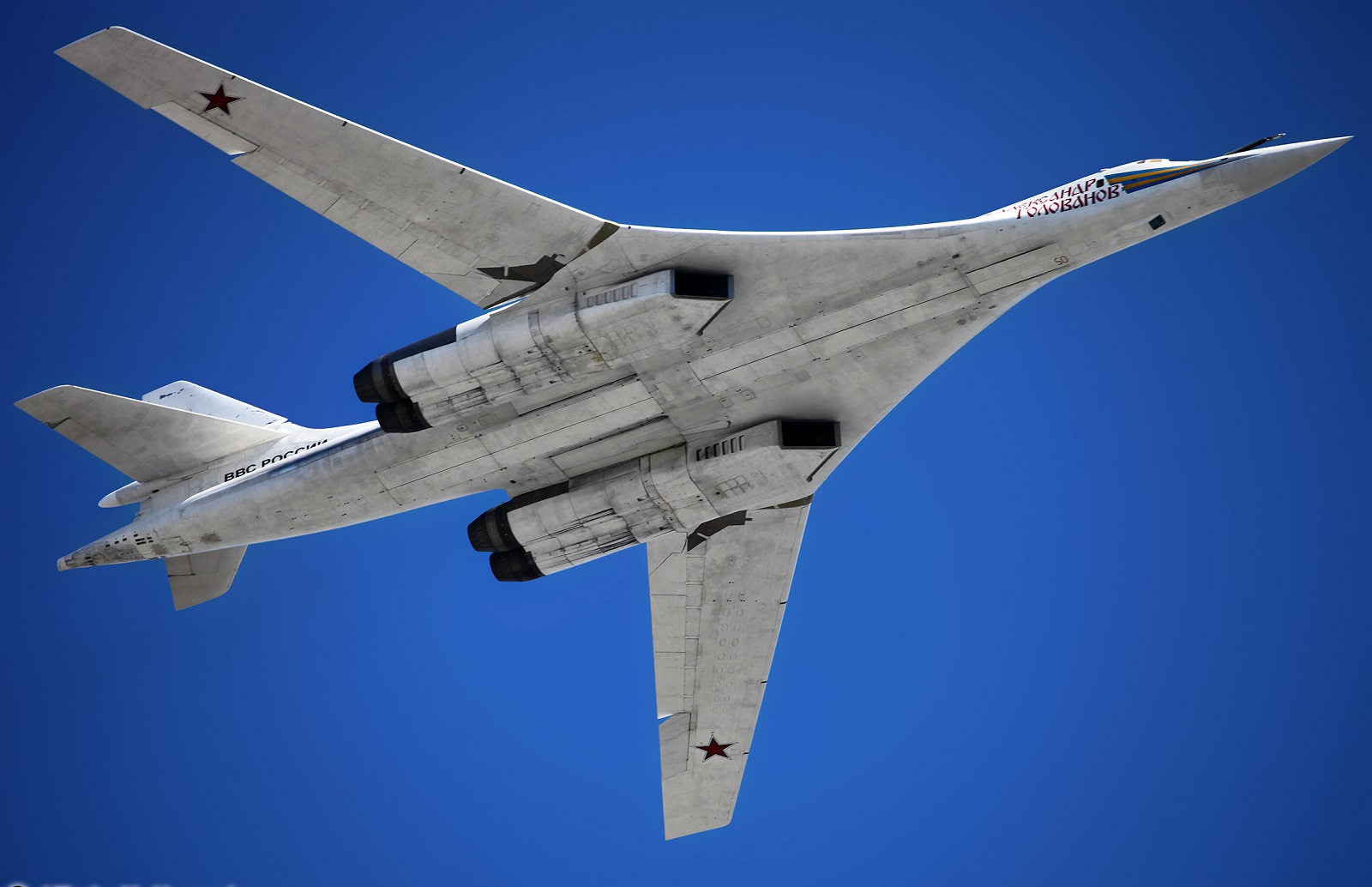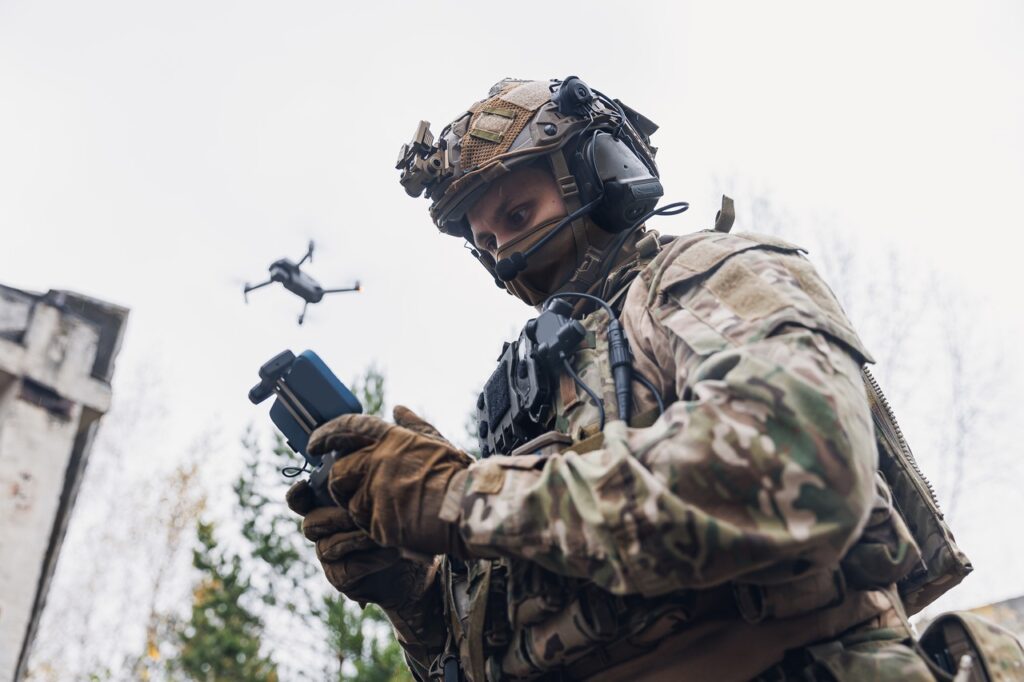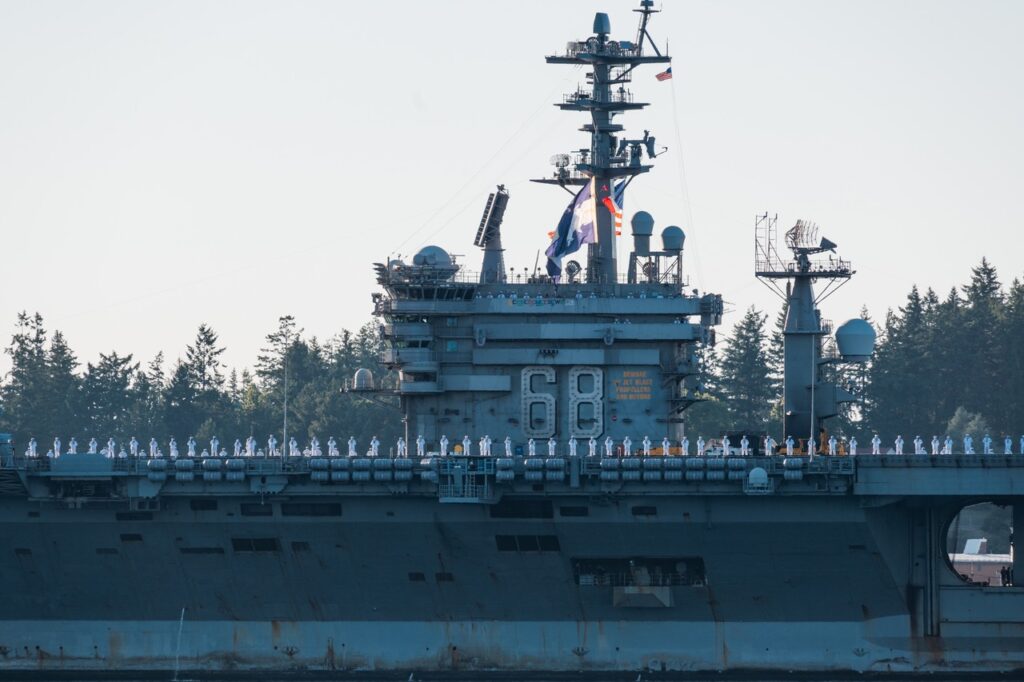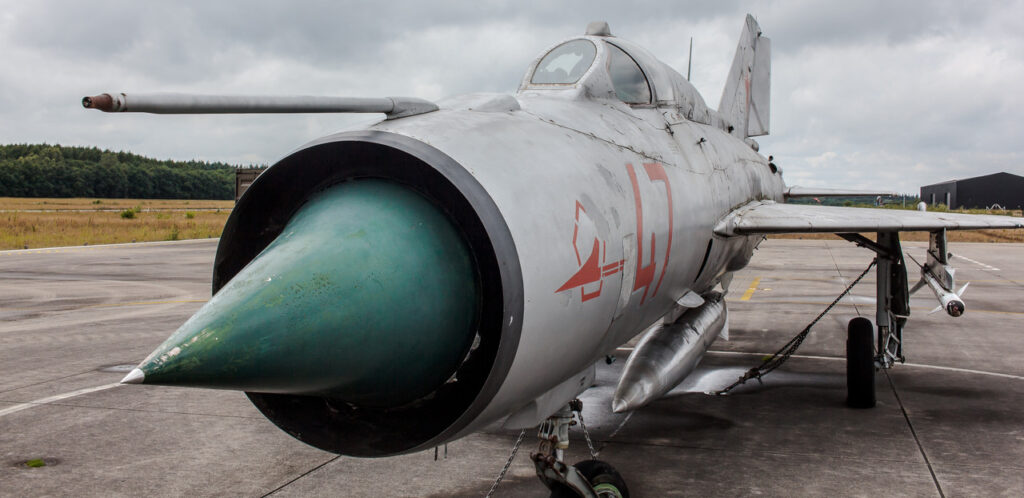
Why Russia May Never Get a ‘New’ Tu-160 Supersonic Bomber
Russia has begun production of the upgraded version of the Tu-160 strategic bomber.
However, while aircraft appear to be rolling off the assembly line, it isn’t clear whether the newest version of the giant bomber will enter full-scale production.
“No doubt, the serial production will start in the immediate future,” said Deputy Defense Minister Alexei Krivoruchko. “We will wait until the debut flight, the fulfillment of experimental design work and after that a decision will be made on serial deliveries.”
The Tu-160 (NATO code name “Blackjack”) is Russia’s biggest and most powerful bomber, as well as the most expensive. A sort of supersized American B-1 Lancer (the resemblance may have been more than coincidental), the Blackjack had a troubled history. Like the B-1, it was a supersonic, swing-wing, late Cold War design that entered service in 1987, where it reportedly suffered from teething problems. No more than a couple of dozen were built, and many ended up in Ukrainian hands after the breakup of the Soviet Union (Ukraine returned some to Russia, and scrapped the others). Russia now operates just 16 Blackjacks, though in 2015, the government announced that Tu-160 production would be restarted.
The latest version is designated the Tu-160M2, which apparently comprises both new aircraft coming off the production line as well as older aircraft upgraded to the M2 standard. In March 2018, Deputy Defense Minister Yuri Borisov described the M2 as virtually a new aircraft compared to the original.
“We are going to purchase the entire fleet of our strategic Tu-160 bombers in their new version and carry out heavy upgrade of operational aircraft where only the fuselage will remain while all the onboard radio-electronic equipment and engines will be replaced,” Borisov said.
Borisov also suggested the Tu-160M2 will be more stealthy because of “special coatings,” and will have improved air-launched cruise missiles. “Alongside, we are developing new airborne weapons, and you can’t compare the Tu-160 plane with the Kh-55, Kh-550 and even Kh-101 missiles and the [new] plane, which we hope to get serial-produced by the 2030s, with new airborne weapons that will have quite different ranges.”
Though the Tu-160 looks like a B-1, it actually built to a very different concept. The B-1 was a penetrator, designed low-altitude nuclear attack missions into the Soviet Union, which meant it had to survive passage through Soviet air defenses. The Tu-160 is a missile carrier, designed to fire volleys of long-range, nuclear-armed cruise missiles, which meant the Blackjack could stay out of range of hostile air defenses.
The Tu-160 is the biggest swing-wing plane in the world, though that’s faint praise given that variable-geometry wings were a complicated Cold War concept that has faded into retirement along with the American F-14 and F-111, and the MiG-23 swing-wing. But when it debuted in the late 1980s, the Blackjack set numerous speed records for its weight class.
The problem with a 21st Century Blackjack may have less to do with the plane than with the factory. As the U.S. is discovering with its older aircraft, spare parts and – most importantly – manufacturing expertise are permanently lost when a production line is closed down. “The production of the original Tu-160 was stopped in 1992, and the detailed design, construction and engineering knowledge remains only on paper,” said Jamestown Foundation analyst Maxim Starchak. “No defense industry workforce is currently familiar with the Tu-160…”
Which leads to the question: Why bring back a Cold War bomber? One answer is that it will give Moscow a long-range combat aircraft with a range of almost 8,000 miles. As the recent flight of two Tu-160s from Russia to Venezuela showed, there is prestige in long-range aviation. And as with the U.S., having a triad of ICBMs, ballistic missile submarines and strategic bombers offers a triad that is difficult for an enemy to destroy or defend against.
Michael Peck is a contributing writer for the National Interest. He can be found on Twitter and Facebook.


